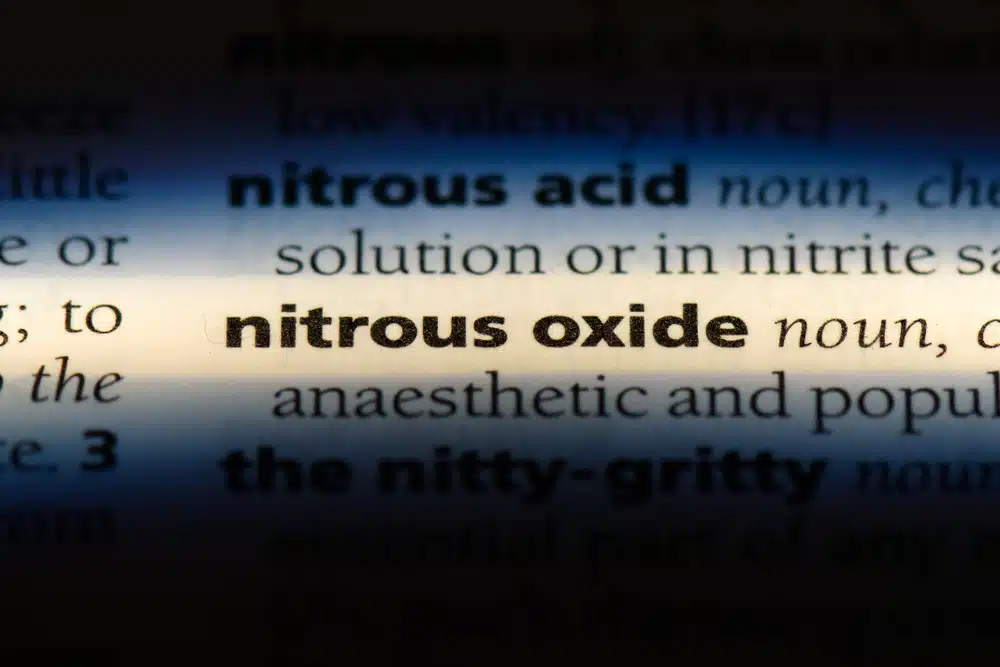Did you know that the first successful use of anesthesia in dentistry predates its use in general surgery? In 1844, dentist Horace Wells pioneered the use of nitrous oxide, or laughing gas, to perform painless tooth extractions, marking a groundbreaking moment in dental history.
In 1844, Wells attended a demonstration where nitrous oxide was being showcased for recreational purposes at the Hartford Medical College in Connecticut.
During the demonstration, Wells observed that individuals under the influence of nitrous oxide appeared to be uninhibited and insensitive to pain. Inspired by this observation, Wells decided to experiment with nitrous oxide as an anesthetic in his dental practice.
In December 1844, Horace Wells administered nitrous oxide to a patient named Mr. Riggs and successfully extracted one of Riggs’ teeth without causing significant pain. This marked the first use of nitrous oxide as a dental anesthetic in a clinical setting.
Wells’ discovery laid the groundwork for the use of inhalation anesthesia in dentistry and surgery, revolutionizing the field of anesthesia and greatly improving patient comfort during medical procedures. Despite facing skepticism and challenges in gaining widespread acceptance for his discovery, Wells’ contribution to the development of anesthesia is now widely recognized and celebrated in the history of medicine.




